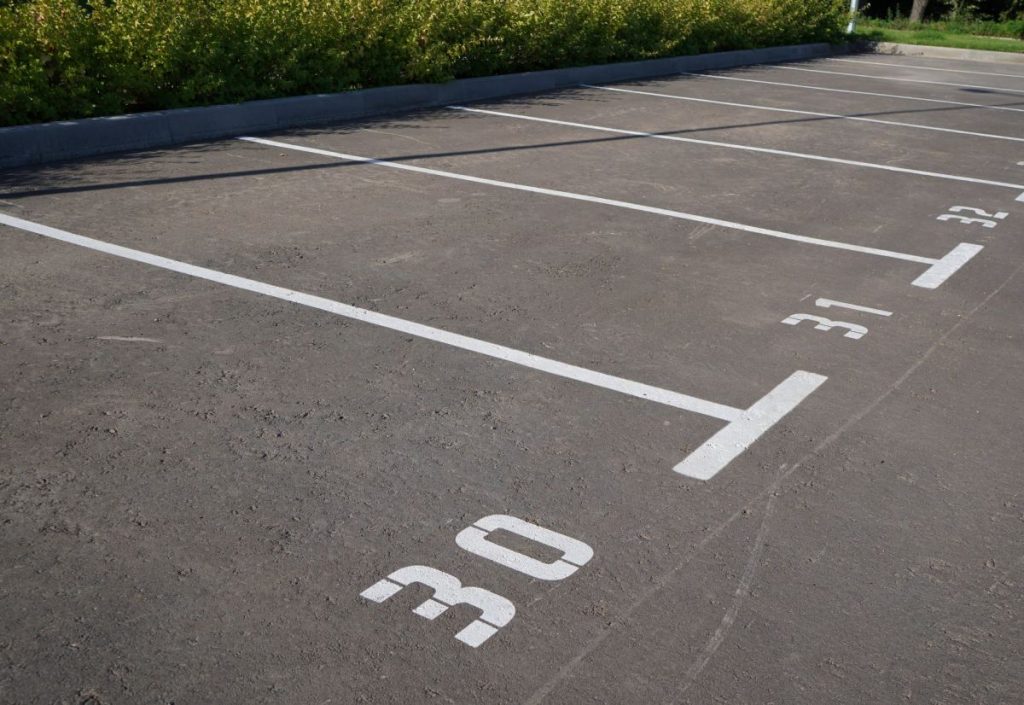One of the first steps in dealing with an association’s claim, is determining what is covered under the association policy and what is covered under the individual unit owner’s policy. Many associations and insurance professionals are unclear as to what exactly is covered by the association policy, and questions constantly arise during the claim.
The first thing to look at is the individual policy, as well as what the condominium documents which explain what the association is responsible for covering. The condominium documents can be particularly helpful because they generally define what areas are common elements, limited common elements, and private property. Usually insuring the common elements (hallways, pools, tennis courts, clubhouses, etc.) and limited common elements (balconies or other areas which are maintained by the association but are limited to the use of a particular owner) are the responsibility of the association, while the private areas (interior areas of units) are the responsibility of the individual unit owners.
As many of you know, the condominium statutes in Florida are more detailed than most other states. This should come as no surprise, given the fact that over 30% of Floridians live in some type of community association.
Florida Statute § 718.111 states:
(f) Every hazard insurance policy issued or renewed on or after January 1, 2009, for the purpose of protecting the condominium shall provide primary coverage for:
1. All portions of the condominium property as originally installed or replacement of like kind and quality, in accordance with the original plans and specifications.
2. All alterations or additions made to the condominium property or association property pursuant to s. 718.113(2).
3. The coverage shall exclude all personal property within the unit or limited common elements, and floor, wall, and ceiling coverings, electrical fixtures, appliances, water heaters, water filters, built-in cabinets and countertops, and window treatments, including curtains, drapes, blinds, hardware, and similar window treatment components, or replacements of any of the foregoing.
This statute makes determining what is covered by the association’s policy much less difficult. In most circumstances, the unit owner is responsible for insuring everything inside the bare walls, floors, and ceilings. This means that while the association policy may provide coverage for water damaged drywall and ceilings, the unit owner will probably be responsible for replacing the paint or wallpaper. Similarly, while the association will be responsible for damage to the bare floors, any carpet or hardwood covering the bare floors may not be covered.
With hurricane season coming fast, it is important for associations and unit owners alike to review their policies to ensure that the appropriate areas are covered under the respective policies. If there is a need to increase coverage, it is always better to act sooner than later.


